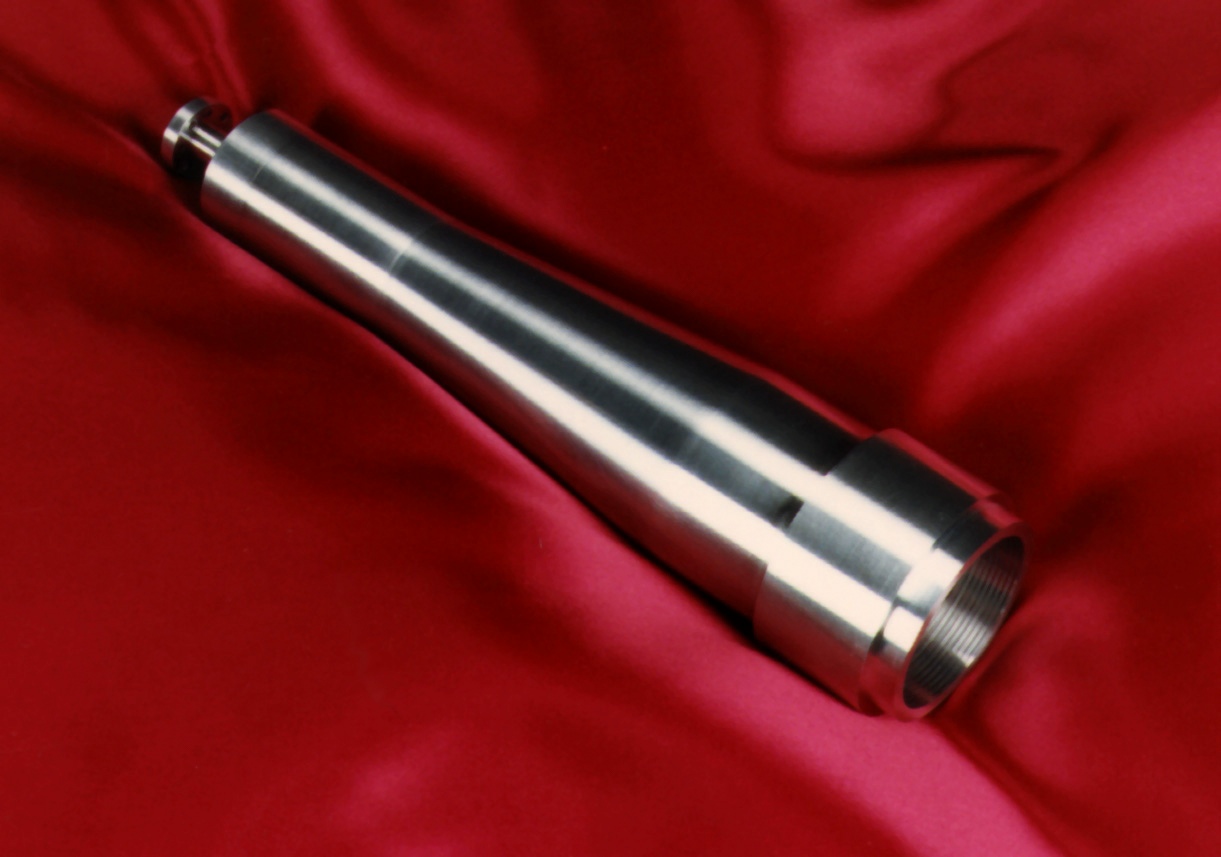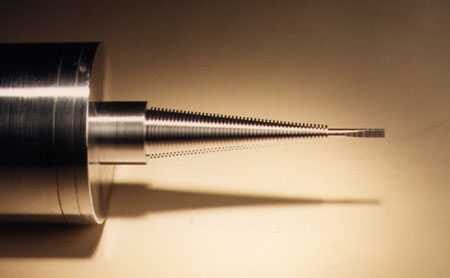

 |
|
CUSTOM ANTENNA DESIGNS
ZAX will custom design various types of antennas for specific
applications. Corrugated conical horn antenna designs range from
low flare angle to large flare angle. Each design can be tailored
to applications including a stand alone horn, feedhorn-lens, horn-lens
and feedhorn-reflector combinations. The horns are designed for
a given operating bandwidth.
PERFORMANCE CONSIDERATIONS
Large flare angle (scalar) feedhorns can provide nearly constant
E and H pattern performance over an octave frequency bandwidth.
This design produces a large beamwidth and is normally used in
reflector-feedhorn or lens-feedhorn systems.
Low flare angle feedhorns are physically longer than scalar feedhorns,
yield narrow beamwidths and are typically utilized for narrow
bandwidth applications.
MECHANICAL AND COST CONSIDERATIONS
Fabrication processes are selected based upon electrical performance,
size, and cost requirements. Direct machining, or a three step
electroforming process can generally fulfill fabrication requirements.
DIRECT MACHINING - Large diameter, low frequency, large flare
angle, and short length corrugated feedhorns are normally candidates
for direct machining on a precision lathe. The throat of such
antennas is sufficiently large to provide clearance for cutting
tools. Direct machining is an economical single step fabrication
process.

ELECTROFORMING - The length of low flare angle feedhorns, the
diameter and depth of matching grooves near the intersection of
the circular waveguide and the corrugated conical flared sections
can restrict the tool clearance available for direct machining
operations. Such designs dictate a higher cost multiple step electroforming
process. Electroforming involves a three step process consisting
of: (1) Precision external machining of the internal geometry
of the circular waveguide and the conical corrugated grooved wall
envelope into the surface of an aluminum mandrel, (2) Electroforming
the final feedhorn configuration by electrochemically depositing
copper and nickel onto the mandrel surface until the desired feedhorn
wall thickness is achieved, (3) Removal of the mandrel by a chemical
etching process which selectively etches the mandrel material.
